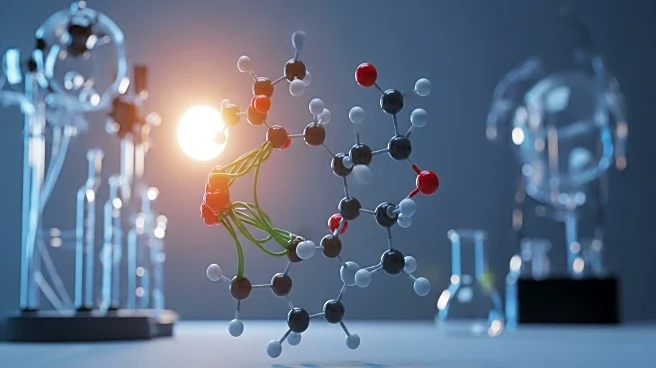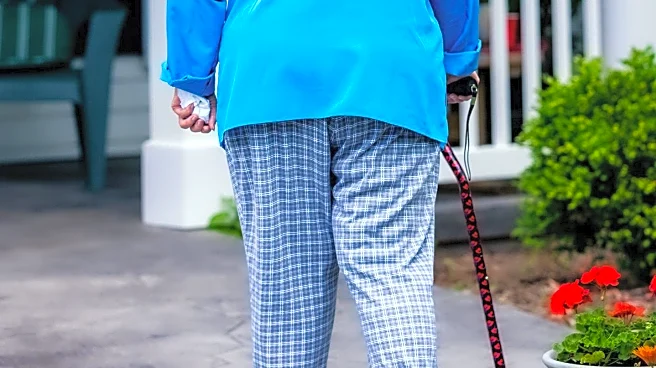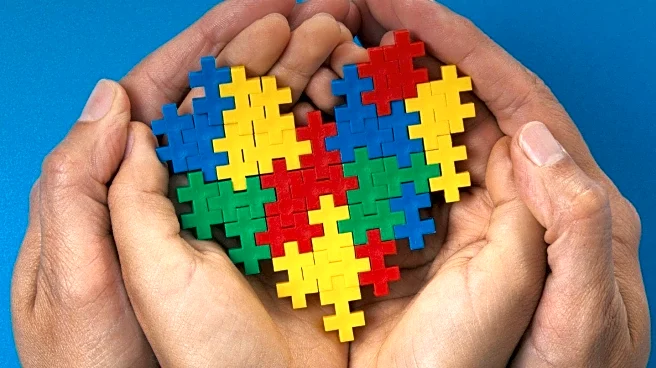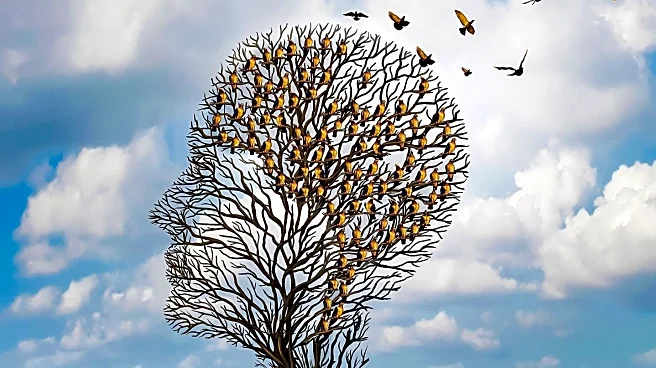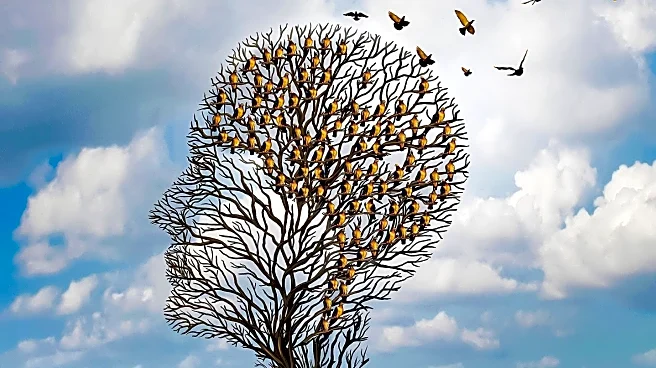What's Happening?
A study led by chemist Shikha Dhiman, PhD, from Johannes Gutenberg University Mainz, has explored the dynamics of ligand-receptor interactions crucial for tissue engineering. Using super-resolution microscopy, the research highlights that the speed and interaction strength between ligands and receptors are key factors in successful binding. This understanding is essential for developing effective biomaterials, as it challenges previous assumptions that strong binding alone is sufficient for tissue development.
Why It's Important?
The findings have significant implications for the field of tissue engineering and regenerative medicine. By understanding the dynamics of ligand-receptor interactions, researchers can design better biomaterials that enhance tissue repair and development. This knowledge could lead to advancements in medical applications such as immunotherapies and drug delivery systems, potentially improving patient outcomes and treatment efficacy.
What's Next?
The research suggests that future studies should focus on optimizing the speed of ligand-receptor interactions to improve binding efficiency. This could lead to the development of next-generation biomaterials that work harmoniously with the body's cells, paving the way for innovative medical implants and therapies.

